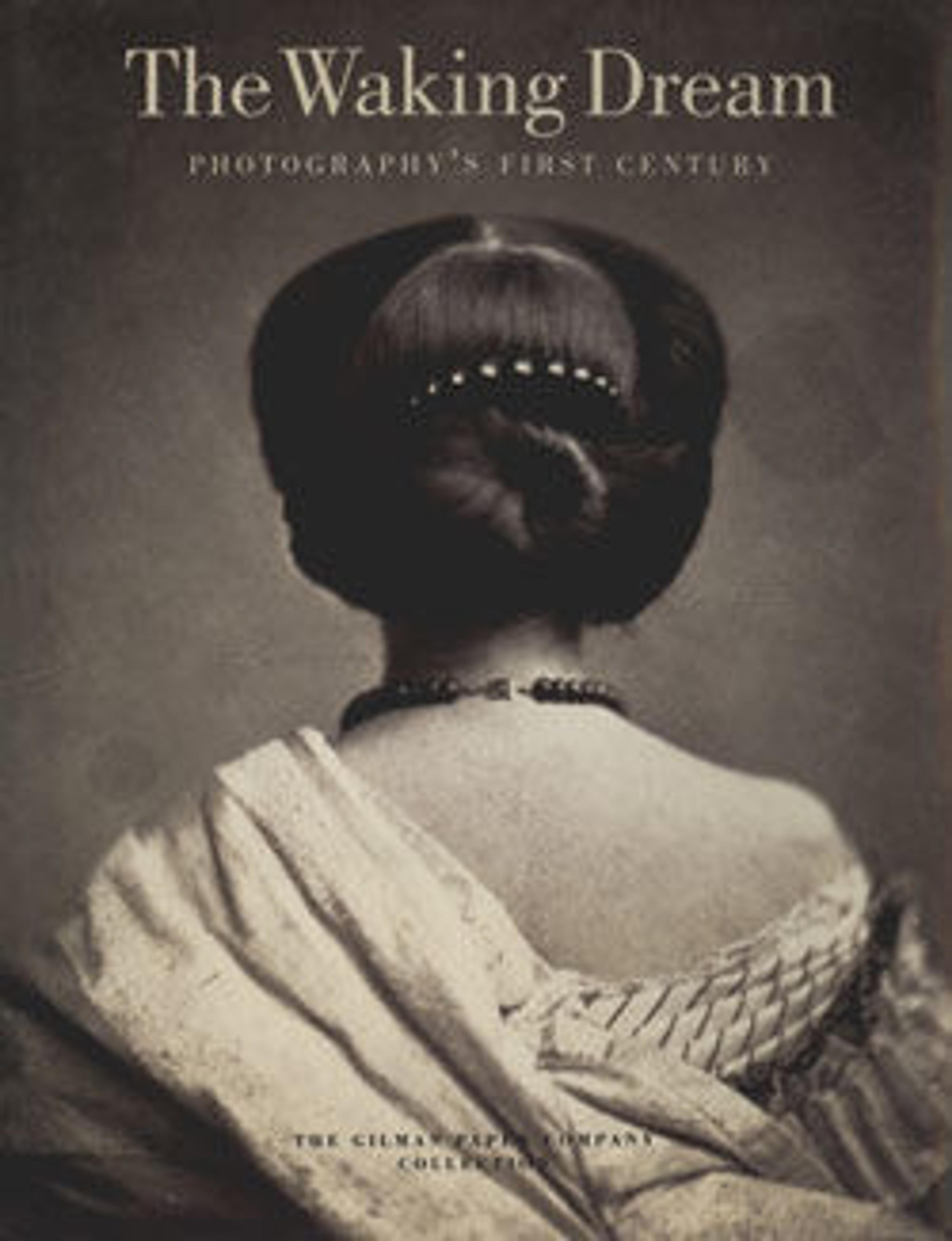[Woman in an Interior]
Alfred R. Waud was an important illustrator of mid-nineteenth century America. After studying at the Royal Academy in London Waud moved to Boston in 1850 and began a successful career supplying woodcuts to engravers and publishers. During the Civil War he was employed as a Special Artist for "Harper's Weekly" and covered the four-year campaign of the Army of the Potomac. Waud's battlefield sketches show charging brigades, dust, smoke, and falling soldiers--the live action that was absent in photographs of the war.
After the war Waud became a free-lance illustrator. He worked in the South and the West and began to use a camera to record the prominent details of his chosen subjects. It is believed that one of his battlefield colleagues--Mathew Brady, Alexander Gardner, or Timothy O'Sullivan--taught Waud photography, though he could easily have learned rudimentary tintypy from the many itinerant photographers who followed the armies and supplied cheap portraits to soldiers. This portrait, perhaps of the artist's wife, Mary Jewett Waud, may have been made before Waud left for New Orleans in 1871 to report on life in the Mississippi delta for "Every Saturday," a short-lived illustrated journal. The peaceful, softly illuminated study is far more ambitious than the smaller, more common tintypes destined for family albums. Waud's early training at the Royal Academy seems to have served him well. With a raking light from a lateral window, reminiscent of the paintings of Vermeer, and a languid pose that recalls the portraits by his fellow countryman Sir Peter Lely, Waud created a warm ambience and an unusually intimate study.
After the war Waud became a free-lance illustrator. He worked in the South and the West and began to use a camera to record the prominent details of his chosen subjects. It is believed that one of his battlefield colleagues--Mathew Brady, Alexander Gardner, or Timothy O'Sullivan--taught Waud photography, though he could easily have learned rudimentary tintypy from the many itinerant photographers who followed the armies and supplied cheap portraits to soldiers. This portrait, perhaps of the artist's wife, Mary Jewett Waud, may have been made before Waud left for New Orleans in 1871 to report on life in the Mississippi delta for "Every Saturday," a short-lived illustrated journal. The peaceful, softly illuminated study is far more ambitious than the smaller, more common tintypes destined for family albums. Waud's early training at the Royal Academy seems to have served him well. With a raking light from a lateral window, reminiscent of the paintings of Vermeer, and a languid pose that recalls the portraits by his fellow countryman Sir Peter Lely, Waud created a warm ambience and an unusually intimate study.
Artwork Details
- Title:[Woman in an Interior]
- Artist:Attributed to Alfred Rudolf Waud (American (born England), London 1828–1891 Marietta, Georgia)
- Date:ca. 1870
- Medium:Tintype
- Dimensions:13.8 x 10.6 cm (5 7/16 x 4 3/16 in.)
- Classification:Photographs
- Credit Line:Gilman Collection, Purchase, Jennifer and Joseph Duke Gift, 2005
- Object Number:2005.100.616
- Curatorial Department: Photographs
More Artwork
Research Resources
The Met provides unparalleled resources for research and welcomes an international community of students and scholars. The Met's Open Access API is where creators and researchers can connect to the The Met collection. Open Access data and public domain images are available for unrestricted commercial and noncommercial use without permission or fee.
To request images under copyright and other restrictions, please use this Image Request form.
Feedback
We continue to research and examine historical and cultural context for objects in The Met collection. If you have comments or questions about this object record, please contact us using the form below. The Museum looks forward to receiving your comments.
